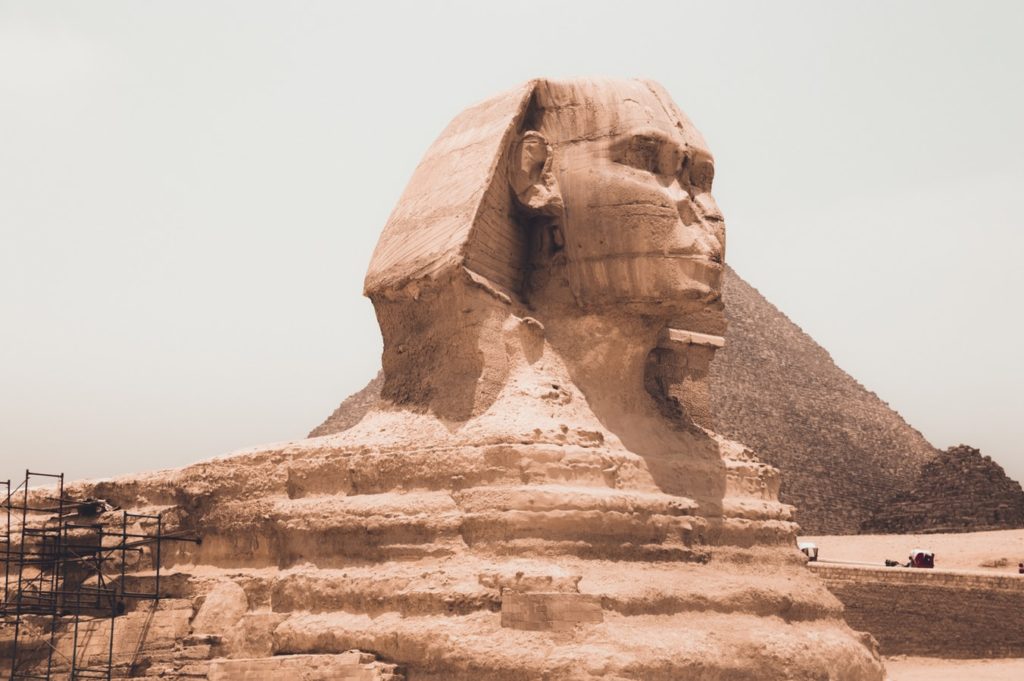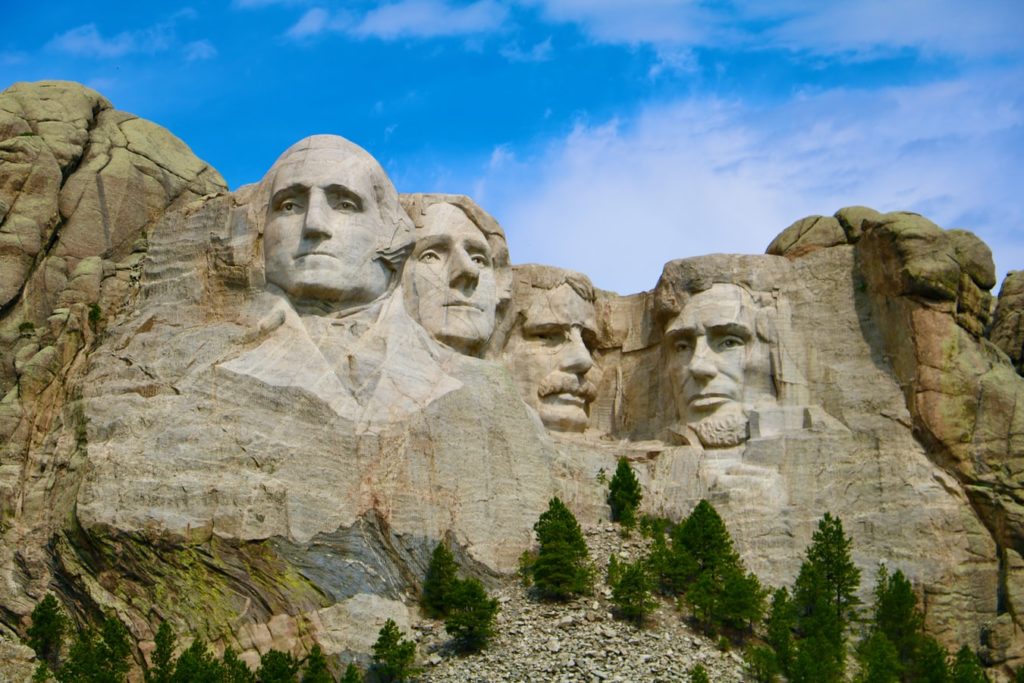Imagine escaping a cubicle and getting out on the open road, or at sea, or airborne en route to some exotic locale. You’ve got a duffle bag packed with comfortable clothes and a camera bag stocked with everything you need to take stunning images at your destination, where you’re being paid to travel, by the way.

The life of a travel photographer is one of adventure, but also hard work. There is excitement. And also flight delays. Monsoons. Long lines getting through customs. Sketchy water that you probably shouldn’t drink, especially if you’re about to board a plane for another 12-hour flight to your next assignment.
Wanderlust and a camera will bring you into close contact with different cultures, areas of fabulous natural beauty, the earthly pleasures of new cuisine and greater knowledge of the human condition around the world. Those who love to travel understand that their journeys open up new worlds and experiences that enhance their appreciation of life. Getting paid to do it just makes the life of a travel photographer that much sweeter.
Aside from reliable photography equipment, you won’t need to make a huge investment in training, nor are there any hard and fast licensing requirements for a travel photographer. What you do need is a portfolio of stunning travel photography. That comes with practice and experience.
Grab your passport, pack your camera gear and read on to learn how you can join the ranks of professional travel photographers who get paid to explore the world.
In this article you’ll learn:
- How much money you can make as a travel photographer
- The required training and certifications
- Professional groups to join
- Employment opportunities for travel photographers
- Finding clients
- Plus helpful tips
How much money can you make?
The average travel photographer salary is $45,581 annually, according to a recent survey by ZipRecruiter. The top 10 percent of travel photographers are making more than $100,000 a year. These are typically individuals with several years of far-ranging experience and a solid portfolio of award-winning images.
Training and Certification
No formal training or certification is required to be a travel photographer, but if you don’t have much or any experience in this field, training won’t hurt, either. Courses to suit every budget are available both online and in-person for as little as $35. Here is a sample online course.
You can find in-person courses by reviewing the catalog from the local community college or a university’s continuing education program. Check with area camera shops as well. Often, professional travel photographers will design and sell a course they teach themselves, then promote the offer with flyers at local camera shops.
You can also pursue free training and keep up with the latest news in the field by watching online videos and joining discussion groups.
If you find that your travels consistently take you to some of the same regions on earth, consider studying the languages of the countries you visit. For instance, a travel photographer who specializes in Central America, Costa Rica, or maybe the Yucatan Peninsula on the eastern coast of Mexico (Cancun, Cozumel) would do well to become fluent in Spanish.

Professional Groups to Join
There are many professional travel photographers’ organizations you can join to network with other pros and advance your photography career. Here are some of the most relevant to travel photographers:
The International Travel Writers and Photographers Alliance is the premiere organization devoted to this field. For a $99 annual membership you get to network with other professional travel photographers, access to assignment openings that can help you get work, educational materials, including insights on marketing your business, plus discounts on travel supplies and gear and other perks.
Professional Photographers of America is the premiere organization of photography pros in the United States. A full membership is open to anyone living in the United States or its territories and costs $323 per year. Benefits include:
- $15,000 equipment insurance policy
- Data loss protection
- Access to all online education courses
- Online referral database listing
- Printed and digital monthly issues of Professional Photographer magazine
- One full registration to Imaging USA during the first year of membership
- Business Resources
- Contracts and Copyright Resources
- Access to Member Discount Program
- Weekly newsletter

American Photographic Artists
Benefits include a photographer photo ID card, discounts on Apple electronics, a listing in the association’s directory to help new clients find you, and more. Membership tiers range from $50 to $500 per year.
Employment
Contact newspapers, magazines and the editors of online sites devoted to travel, photography and both. Send them your marketing materials, brochures and business cards. Follow up with a phone call in a day or two. If your contact says she’s already working with a photographer, ask if she knows anyone who needs your services. Don’t be discouraged by rejection when calling potential clients. The very next call you make could be gold.
Use the networking power of your professional memberships to find assignments.
Develop and maintain working relationships with publications in your area. If you capture a stunning image while travelling, you’ll already have contacts in the editorial department who may want to buy your extra photos for their publications. Your main client may not buy every picture you take on an assignment; no reason you can’t sell the leftovers to the local paper.
Finding Clients
Business cards and a basic website should be the core of your marketing toolkit as a freelance photographer. The website need not be fancy or expensive, just attractively designed, with photos of your best wildlife photography work, your business location and contact information. No need to include your pricing. You can discuss that directly with clients.

In addition to your business website, the next thing to do is create an Instagram account to showcase your photography. Instagram is the #1 online venue for creative professionals to display their work. It’s a free promotional tool that’s always working on your behalf.
Contact every single individual you can find who is in need of travel photography — magazines, websites, even major travel agencies. The marketing departments at major airlines are another avenue to pursue.
Other strategies for attracting new business:
- Create a referral program with discounts for returning customers who bring new clients to you.
- Ask clients to review your services online. According to a recent survey, 90% of people say their buying decisions are influenced by positive online reviews.
Good to know
Check out these tips from professional travel photographers so you can save time by learning immediately from their experience.

Practice
As with any art, your skill at photography will only improve with practice. Become a master of your camera. There should be no feature, button or setting that you don’t know how to use.
Work on Your Portfolio
This will be your primary marketing tool for persuading clients to hire you. Photographers can talk all day about their experience and skill, but images speak for themselves. In the end, prospective clients will base a decision on the work you can show them. Your portfolio should be a perpetual work in progress as you add great new shots and possibly remove older images that may not reflect your current skills.
Show Off Your Photos
Just like a musician, an actor or a ballet dancer, a photographer needs an audience. Get your photos out there for the world to see. Enter photography competitions. Update your Instagram account with fresh images as often as possible. Send your shots out to media contacts for their consideration. As for contacts, keep an up-to-date list. You don’t want to harass anyone, but you don’t want to be forgotten, either. In time, you’ll find the sweet spot for how frequently different contacts wish to be called.
Take pictures that tell a story
Travel photography by definition involves a specific place and time when the image is taken. Great travel photographers use their pictures to present a theme or tell a story. Maybe it’s the local Junkanoo (street parade) or progress being made at an archaeological dig site. Telling stories with images shows that you can fulfill a clients’ needs when they ask for something specific at your travel destination.
Consider Stock Photography
All photographers will have images in their portfolio that they are unable to sell to a magazine or website. They may be excellent photographs, but just aren’t suitable for a client’s needs at the time. Uploading pictures to stock photography sites is a great way to make extra money from your photography. But don’t just start uploading anything and everything that you haven’t been able to sell elsewhere. Check out the various stock photography websites. Alamy, Getty and Shutterstock are three of the best known, although there are many for you to consider. Find out what’s hot. See if you can find categories that are missing or lacking. This will help you determine which of your own images to upload for sale. Be sure to read and understand the terms and conditions on stock photography sites, and know how much you can expect to be paid – as well as how much you’ll be paying the stock site for hosting your work.
Carry liability insurance
And keep it up to date. You may also want to have an attorney set up your operation as an LLC (Limited Liability Company). This affords you many legal protections in the event of disputes.
Buy travel insurance
If you’re paying for your own travel expenses up-front, with or without eventual reimbursement from a client, protect your investment with travel insurance. If the trip is canceled for reasons outside your control, you won’t have lost hundreds and potentially thousands of dollars on tickets, reservations, guides and other expenses.
A few thoughts on equipment
There are dozens of books, websites, photography magazines and other resources to help you decide what camera gear to buy. Your needs may be different from another travel photographer’s, so only you can decide which brand or model of camera suits your requirements and budget.
At minimum, though, you’ll need a DSLR (digital single lens reflex) camera body and at least two lenses, wide and telephoto. Two camera bodies are even better because then you won’t be spending so much of your time switching out lenses when you could be shooting pictures.

A set of neutral density and polarizing filters will help you manage lighting conditions outdoors. Indoors, you’ll need a flash attachment at minimum.
Spare camera batteries and memory cards are essential. And you’ll need a water-proof bag to carry your equipment. Water resistant bags won’t be good enough for this work. When you’re traveling, your gear is your lifeblood. You need foolproof storage. That means waterproof.
A good, sturdy tripod should also be part of your standard kit. To get the maximum stabilizing benefits from a tripod, you should have some means of triggering the camera shutter remotely. Many modern digital cameras are Bluetooth enabled, which allows a radio signal to pass from the camera to a smartphone. Depending on the brand and model of your camera, you download an app to the phone, which allows you to trigger the camera shutter with your smartphone from distances of up to about 30 feet.
Finally, a computer or laptop loaded with image editing software such as Photoshop will be needed to work on your photographs in post-production. As your photography business grows, digital storage will become an issue. There are many online storage solutions (cloud storage), some of them even free for a certain volume of storage. Google Drive is one example. As a backup measure, though, you might want to invest in external hard drives that can store many thousands of high-definition images. These drives connect directly with a cable to your laptop or computer for immediate access. One advantage of an external drive is you do not need an Internet connection to access your work. Internet access may be spotty while travelling abroad, but with an external hard drive you’ll still be able to do post-production work until you can get to an area with a reliable connection to transmit your images to the client.
If you enjoyed this article, check out some more great PocketSuite.io content that can help you grow your career as a travel photographer. Here’s a great place to start.PocketSuite has thousands of business owners who all started where you are right now. Our community is always happy to help you ramp up, grow your client base, and achieve your income goals, both within the PocketSuite app and as part of our exclusive Facebook Community Group. PocketSuite’s vision is for any professional to be able to work for themselves and make a great living. It starts here. It starts with you. It starts today. Let’s get started, download PocketSuite now! Feel free to reach out with any questions (we’d love to hear from you)! Text us @ (415) 841-2300.



